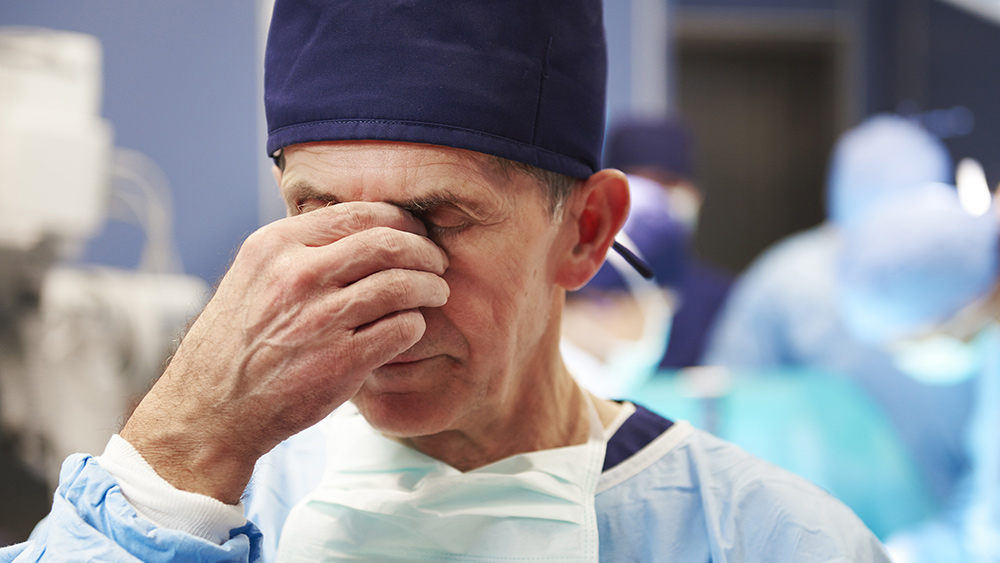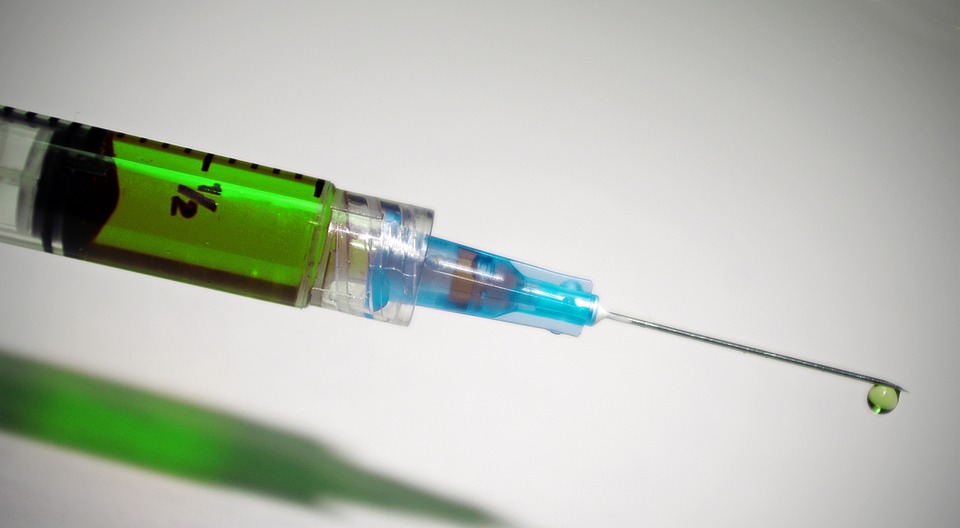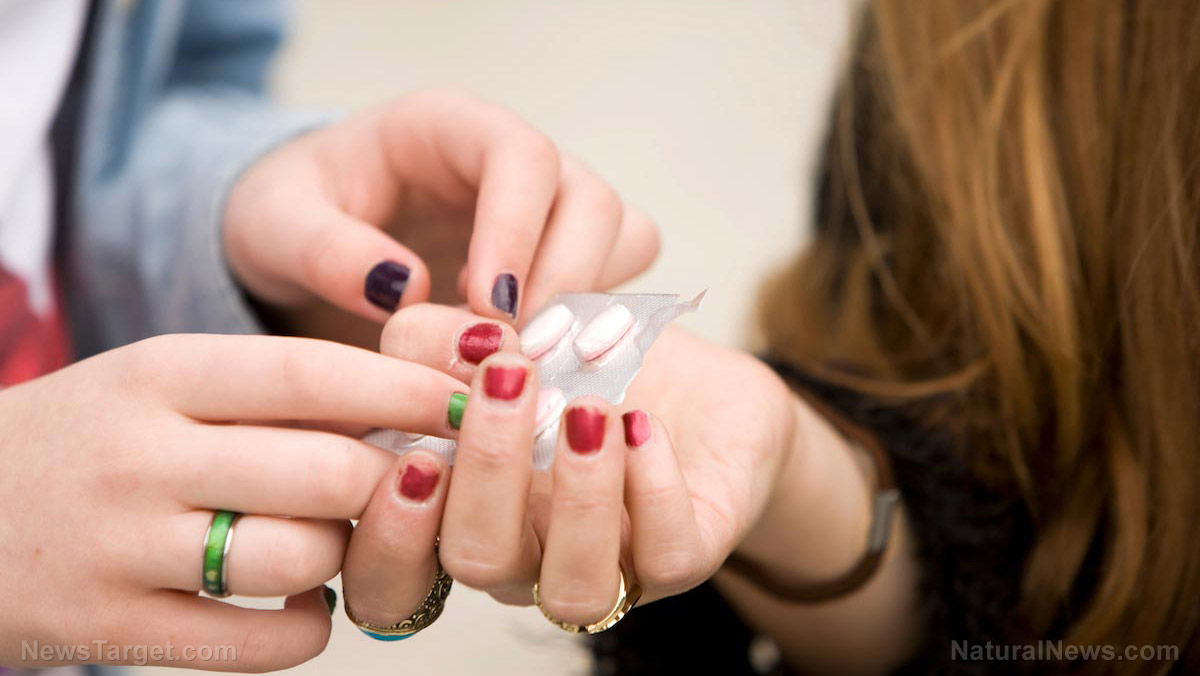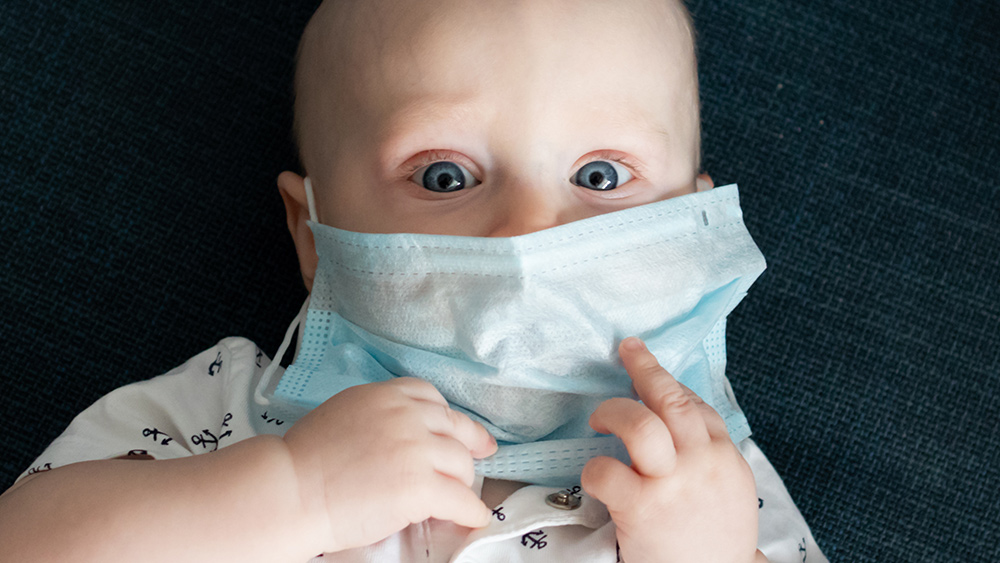Antimicrobial resistance: what you need to know, and how to keep yourself protected
10/05/2016 / By Dianne Wiley
The first thing to understand is “what is a microbe and why is it dangerous?” Microbes are microorganisms such as bacteria, fungi, viruses, and parasites. Unless you have been living under a rock, you probably recognize these as the causes of most illnesses and diseases. They can cause anything from the common cold to bubonic plague.
Antimicrobial resistance is what happens when we flood the body with antibiotics and the microbes change to adapt. Medications no longer work and doctors force new medications into a person with the hopes that new drug will do the trick. All this is doing is creating a new species of “Superbug” that cannot be fought by Big Pharma and increases the risk of spreading the infection to others. According to the WHO, “Antimicrobial resistance occurs naturally over time, usually through genetic changes. However, the misuse and overuse of antimicrobials is accelerating this process.”
Antimicrobial resistance has become an epidemic in its own right as the use of antibiotics increases. Antibiotic resistance is prevalent in every country in the world, with a rise of MRSA (Methicillin-resistant Staphylococcus aureus) and multidrug-resistant Tuberculosis being reported by the World Health Organization. Antibiotics are being overused and mistreated, often given to patients with viral illnesses who do not need them, with little to no professional oversight.
With the spread of antimicrobial resistance, treatments are becoming more difficult for doctors and patients to navigate, with an average of 2 million Americans getting sick and anywhere from 23,000 nationally and 700,000 worldwide deaths annually. This number is expected to rise to over 10 million worldwide by 2050 if nothing is done.

The rise in microbial resistance puts a large portion of the population at risk, including those with compromised immune systems, pregnant women, and those who have or will undergo transplant surgery. The procedures that were once thought to be “safe and routine” are now at risk of being deadly, all because of pharmaceutical medications.
The good news is that there are options that don’t involve Big Pharma to fight antimicrobial resistance. Proper hygiene can go a long way to prevent foreign microbes from ever catching hold in the body. Hand washing regularly is still the number one method to prevent illnesses. Another method that is currently being researched with great results is the use of two common metals. Silver and copper are being used in various ways and are gaining ground once more with the average population. Colloidal silver is used as an antimicrobial because it has been proven for centuries to go after pathogenic microbes exclusively, leaving beneficial bacteria as is. Copper hardware such as tabletops, door knobs, and hand railings have been proven to reduce the risk of spreading bacteria by 97%. Once again, the natural route is proving more effective than “modern-day medicine.”
Sources:
Submit a correction >>
Tagged Under:
Antibiotics, antimicrobial resistance, Big Pharma, harmful medicine
This article may contain statements that reflect the opinion of the author





















